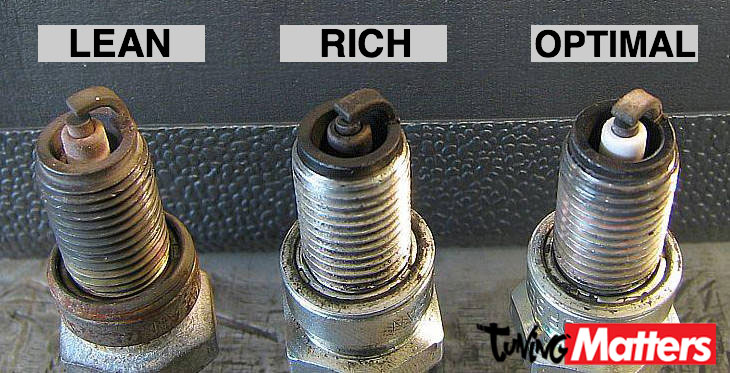Doug in the woods
Nitro Member
Several weeks ago on a NHRA telecast Mike Dunn etc. talked about a track profile machine that is towed down each lane and produces a graph of the dips and hills in the racing surface.
My question is what team is using or was this an NHRA piece of equipment.
If just a team has this, is the information shared??
seems like a very valuable bit of info for tuning a car.
The machine itself is very simple. A sensor on each of 4 wheels. The frame should have an adjustable wheel base for car type.
My question is what team is using or was this an NHRA piece of equipment.
If just a team has this, is the information shared??
seems like a very valuable bit of info for tuning a car.
The machine itself is very simple. A sensor on each of 4 wheels. The frame should have an adjustable wheel base for car type.


